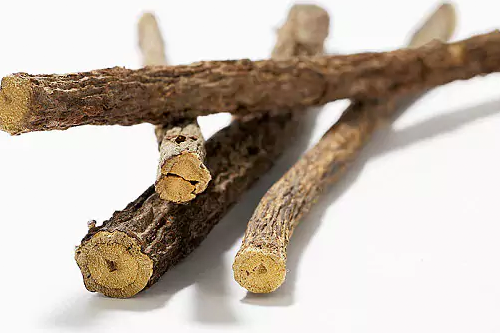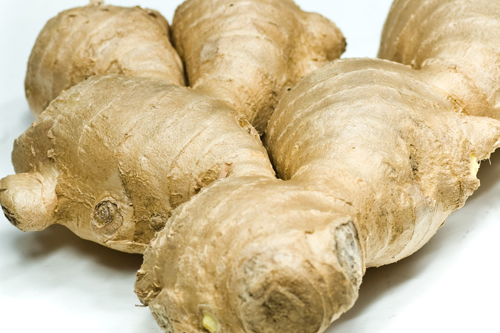Are you standing correctly with relaxed knees? Most people carry tension in their muscles. When you’re constantly contracting your muscles you’re also reducing the blood flow throughout the area and compresses joints, the muscles cross. Compression of the joints can lead to decreased mobility, friction, misuse of the limb, and potentially arthritis. One should be able…
 August 29, 2017
Nerd
No comments exist
August 29, 2017
Nerd
No comments exist


